When the VOC Ship Schoonenberg was wrecked off Cape Agulhas in November 1722, the surviving sailors faced an arduous overland trek to the company headquarters at the Cape.
Fortune favoured their destiny, for they had the good chance to happen upon the estate of Onverwacht, owned by Philip Morkel and his family – a fortuitous location, in that Philip was himself an ex-VOC sailor, as was his brother Willem Morkel, who had also been shipwrecked. The Morkel family graciously hosted 80 of these sailors, who were suffering greatly after a six day journey through the African wilderness. So deep was the gratitude of the sailors that they comissioned an epic poem, the Liefdekrans.
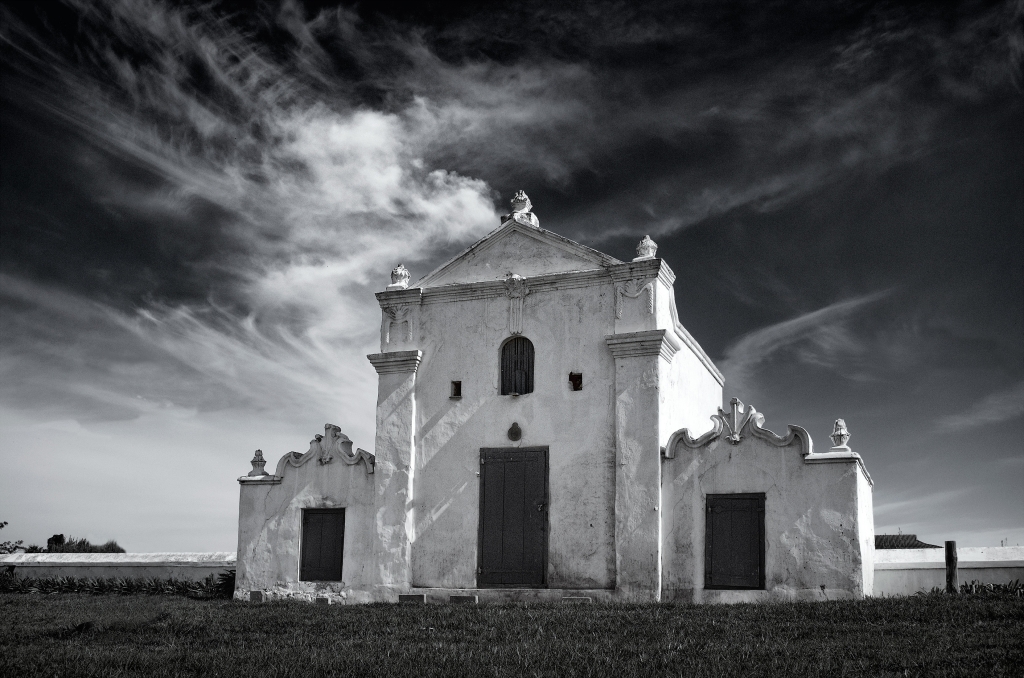
Philip Morkel was the first settler of the family at the Cape, and the man to whom all South African Morkel’s can trace their genealogy back to. Thanks to a lifetimes work by André T. Morkel, a comprehensive and vibrant picture of the family history is available in his book, “Morkel – A remarkable South African family“.
Philip Morkel’s own origins, however, are far less clear. All VOC (Dutch East India Company) documents list his place of origin as Hamburg, Germany. And yet, despite extensive efforts by André, nothing has been found in Germany to paint a picture of his life there. As he says in a paper detailing the painstaking research at the Hamburg archives, “We know quite a bit about his life at the Cape but his youth and family in Germany remains a mystery”.
A mystery indeed. Rarely does the level of genelaogical research carried out by André fail to yield even a single piece of information – no birth records, no marriages, no documents; no indication whatsoever of his life in Germany, his parents, his family. Indeed André reached the conclusion that, “Perhaps, Philip did not want to be found“.
Philip Morkel – mysterious origins
André T. Morkel, I believe, was absolutely correct: the mystery surrounding his nationality was deliberately created by the stamouer Philip, and for that reason, finding his origins have to date been fruitless. Indeed, the first book on the family was written in 1961 by P. W. Morkel, and the first sentence reads, “The first Morkel to settle in South Africa was Philip Morkel of Hamburg who was “Constapel” (gunner or artillerist) on the ship “Oosterstyn” on her voyage returning from the East to Holland“.
For 300 years then, the idea that Philip Morkel was German, and from Hamburg, has remained the thesis.
The Dutch East India Company
Philip and Willem Morkel were both employed with the VOC, the Dutch East India Company. Philip was a gunner, in charge of the ships weapons, and Willem was a surgeon, responsible for the health of all on board. To say that the records of the VOC are extensive is an understatement: no less than 25 million pages are archived and preserved today. For both Philip and Willem, full records of their employment and voyages with the Dutch trading company are preserved.
On each voyage, a Soldijboek or accounts ledger was kept, each sailor getting a page to themselves. This double-fold is for Willem Morkel, sailing on the VOC ship Arion in 1712, and details all his transactions with the company. Here, as with all other VOC records, his place of origin is clearly legible at the top-left: Hamburg.
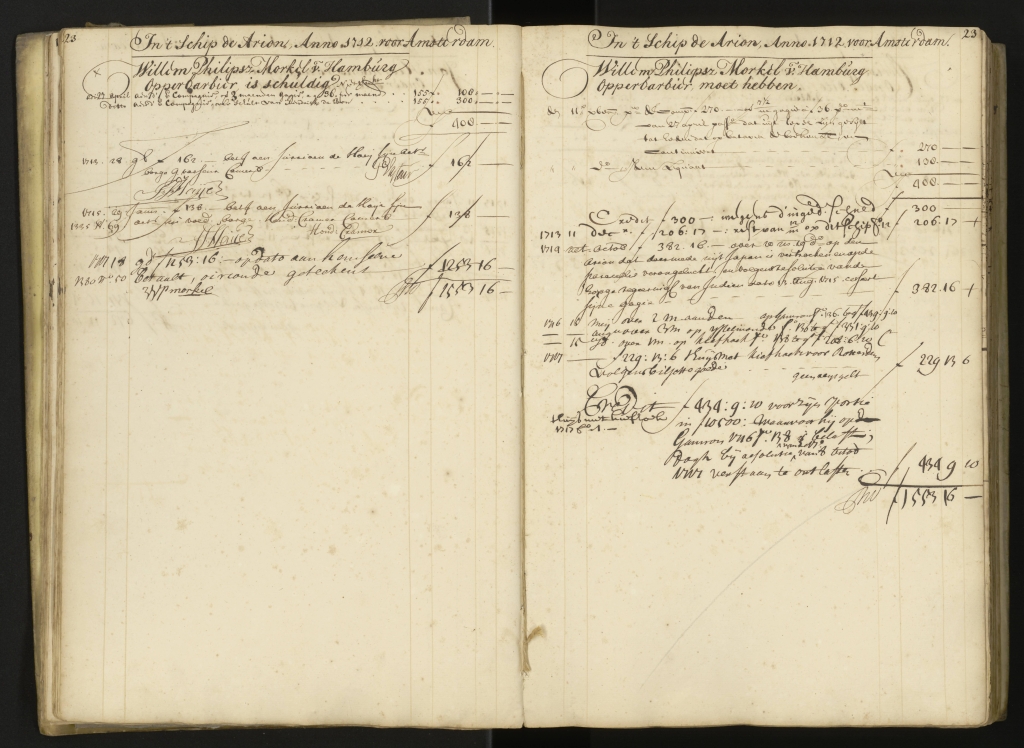
Willems voyage on the Arion above, which ended in the shipwreck mentioned above (he survived) was one of many he made with the VOC. He sailed on the Mijnden, Arion (1712) and Groenswaart.
Philip in turn also made a number of voyages: Oosterstein (1708), Noordbeek (1709).
In all of these records, the place of birth is the same: Hamburg, Germany.
It’s an interesting puzzle to solve: if all the VOC company records singularly point to Hamburg as Philip and Willem’s place of origin, yet we know this to be unlikely, how might their true homeland be found?
A winter’s night in Amsterdam, 1701
Extensive as the VOC archive is, there is no doubt that the from the company perspective, the Morkel brothers were from Germany. From the first voyages in the early 1700’s, to records as late as 1735, whenever the company asked “Where from?”, the answer was “Hamburg”.
To shed light on the truth, we need another source.
Although the majority of the ships sailed for the Amsterdam chamber of the VOC, the actual point of departure was the Reede of Texel – deep water just off the Island of Texel in the north of Holland. The VOC Retourschips were too large to fit into Amsterdam’s relatively small harbour. When departure neared, the sailors would be rounded up and ferried up to Texel on smaller boats.
For this reason, most sailors spent weeks or months in Amsterdam, waiting for their turn to depart. And during these long days, thoughts would turn to those near and dear that they were leaving behind. Knowing that their adventures on the oceans carried significant risk, it was common practice to make some last minute arrangements – a last will and testament, or a financial agreement.
These thoughts were clearly on the mind of Willem Morkel in November of 1701. He was due to depart on the VOC Ship Reijgerdael, and decided to seek out a local notary in Amsterdam. He made an appointment for Tuesday evening, November 29th, at the office of Jacob de Winter.
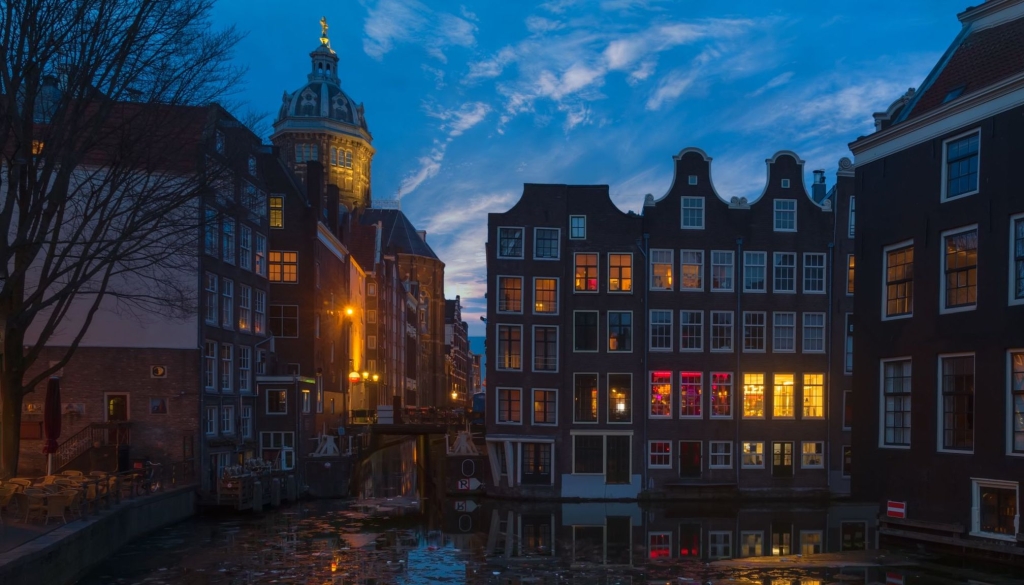
Willem needed a notary he could trust. In Jacob de Winter he had selected one of Amsterdam’s most well known and prolific notaries. In 1701, de Winter had already been in practice for over fifty years, and was connected to the city’s most well known inhabitants – including Rembrandt van Rijn and Admiral Michiel de Ruyter. This was the man for the job.
A week earlier, Willem had gone to the headquarters of the VOC to sign up for his voyage on the Reijgersdael, and stated his name and origin: Willem Phillipse, from Hamburg. This page from the Soldijboek of the ship confirms his details.

As we now suspect, this was a cover story. With the VOC, Willem’s interest was in masking his true identity. However, with the legal arrangements he wanted to make to protect his family, he would have to divulge his true name and origin.
At 7.30pm on that Tuesday evening – the time carefully noted by de Winter in drawing up the documents – Willem told his story to the notary. He wanted two legal documents – the first an agreement with his own boss, Christian Ijle, to provide for his younger brother Jacob in the event of his death, and the second a last will and testament to ensure his estate would pass to three people: His two brothers Jacob and Philip Morkel, and his sister’s daugher, Anna Elisabeth Morkel.
He told the notary of the situation. For the VOC, he was known as Willem Philippse of Hamburg – but in reality his name was Willem Phillipsson Morkel, of Bergen, in Norway. De Winter said that they would draw up the will under both names, simply stating one as an alias of the other. In this way, there would be no confusion when dealing with his estate should he die during the voyage.

This revelation to the notary that night in Amsterdam, likely provided hesitantly by Willem, offers the true origin of the Morkel family – not Hamburg, but Bergen; not German, but Norwegian.
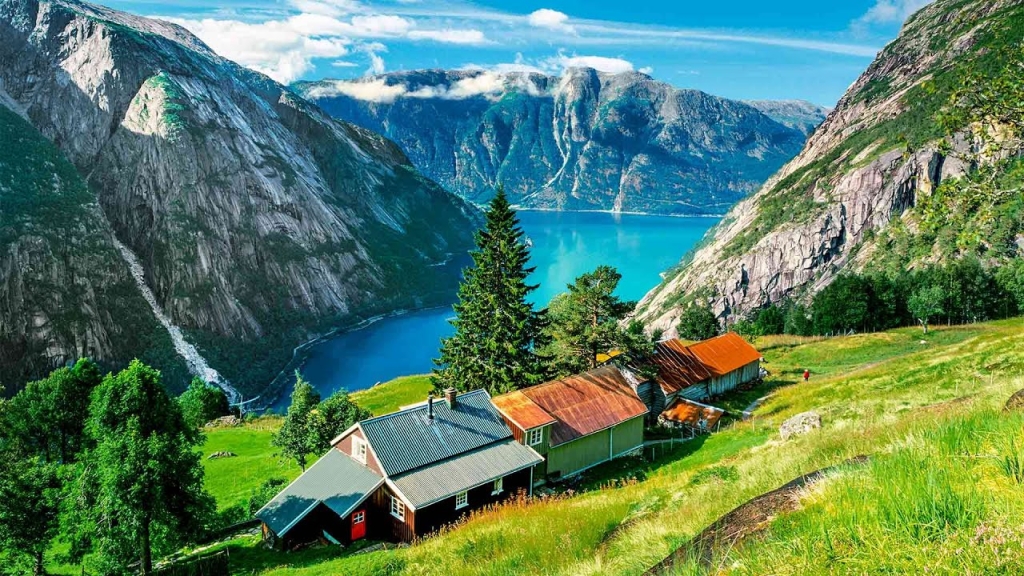
The agreement with Christian Ijle
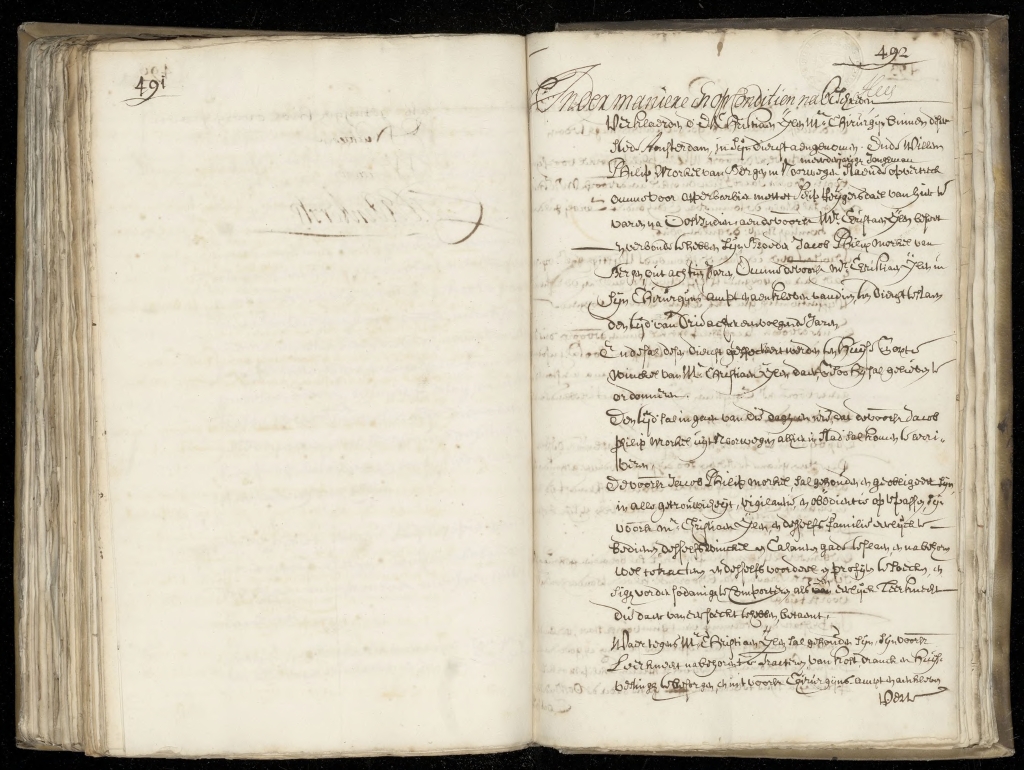
The first of the two documents requested by Willem Morkel from de Winter tells us something of his family background. He is from Bergen, in Norway, and working in Amsterdam as a Chirurgijn – a surgeon – for a man named Christian Ijle. His younger brother Jacob is only 18, and so Willem wants to ensure his future prospects should he not survive to take care of him. He made an agreement with Ijle to take Jacob into his employ for three years, and in return to provide food, board and care.
An abbreviated translation of the original Dutch document follows:
“In the manner and on the conditions which follow, Christian Ijlen, master surgeon in this city of Amsterdam, has taken into service Willem Philip Morkel from Bergen in Norway, young man (meaning over the age of 21), awaiting departure as head surgeon on the ship Reijgersdael, to sail from here to East India, and the forementioned Christian Ijlen has agreed to bond his brother Jacob Philip Morkel from Bergen, aged 18 years, into service for three successive years, and shall carry out this service at the home of, and at the shop of, Mr. Christian Ijlen, as he desires.
The time shall commence when Jacob Philip Morkel arrives in this city from Norway, and shall serve the family honestly and vigilantly, and in return Mr. Christian Ijlen shall take care of food, drink, and housing.”
For this document, the notary advises that he can sign it with his true identity, without need for alias, as is a simple contract only involving the two parties. Duly, Willem signs as “Willem Philopson Morkel”

Christian Ijle was married to Tabitha Thorp, possibly Torp. More to follow here.
The last will of Willem
For the second document – the will – de Winter advises Willem to draw it up in both names, and sign as both. This makes sense, since if he did die, there would be multiple parties involved in the execution of will, including the VOC, and for it to hold legality, there should be no confusion as to whose will it was.
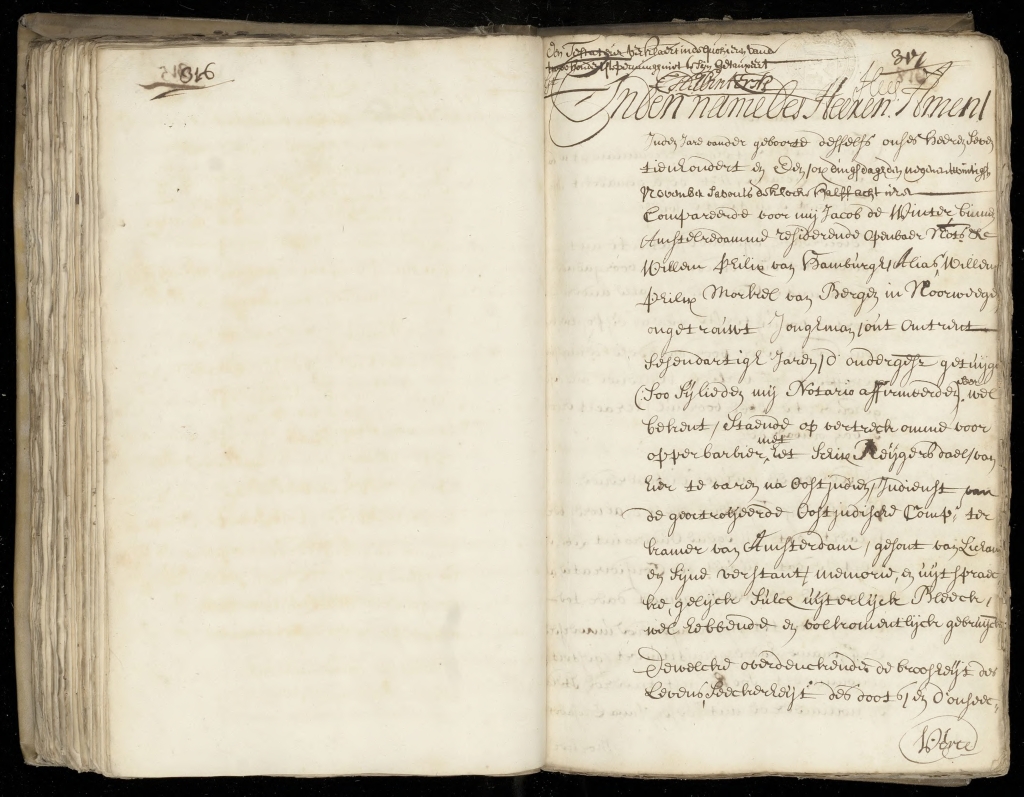
It is in this document that we find the alias detailed:

The “Alias” tells us that he was known as both:
Willem Philip from Hamburg and
Willem Philip Morkel from Bergen in Norway.
We can look further into the will to find out more about him. It states he is “about 36 years old”. With the will signed at the end of 1701, that means a year of birth of 1665. It was not uncommon for people in this time to be uncertain about their age, but 36 is quite specific number and given that Willem was present, we can take it as relatively accurate. He is also unmarried. The benefactors of the will are as follows:
Anna Elisabeth Morkel, “the adult daughter of his sister, living in Bergen in Norway”
Philip Morkel, “his brother”
Jacob Morkel, “his brother”
At the end of the will, his signature is most interesting as he signs as both identities …

19 years later – Amsterdam, 1720
Almost to the day, 19 years later Willem again visited an Amsterdam notary to make a will before departing on another voyage. This time it was the office of Pieter van der Meulen, and the date was November 22, 1720.
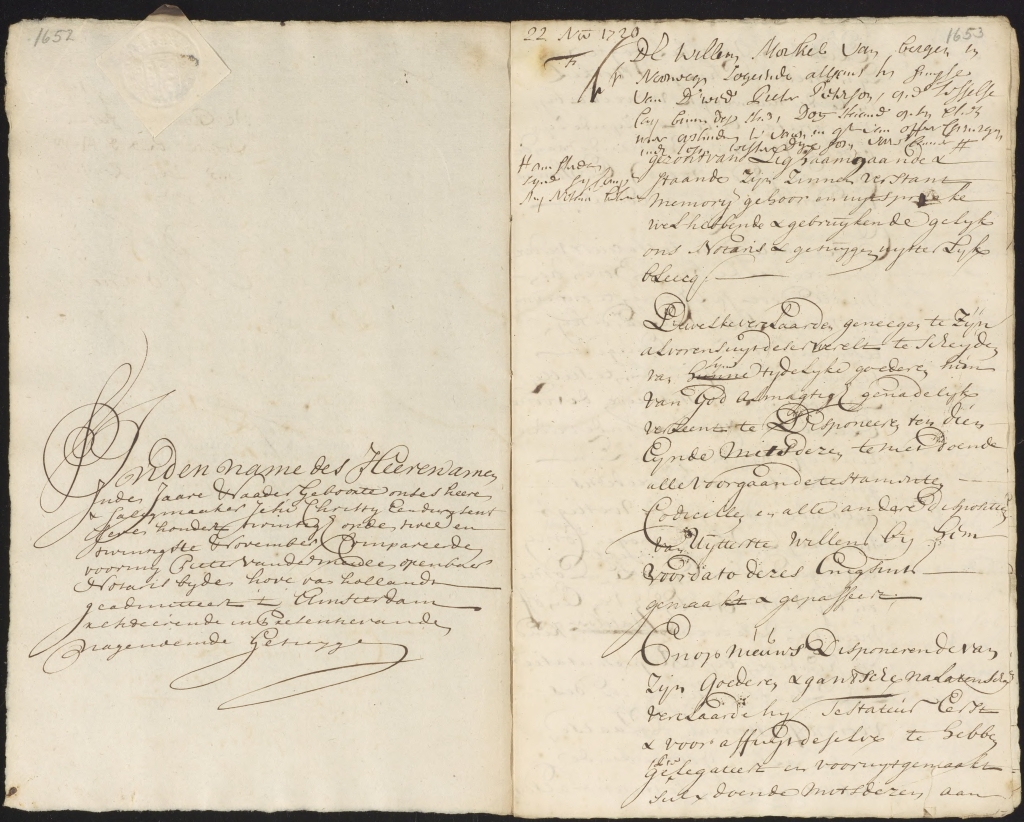
This will begins with further confirmation of the Bergen origin: “Willem Morkel van Bergen in Noorwegen …“
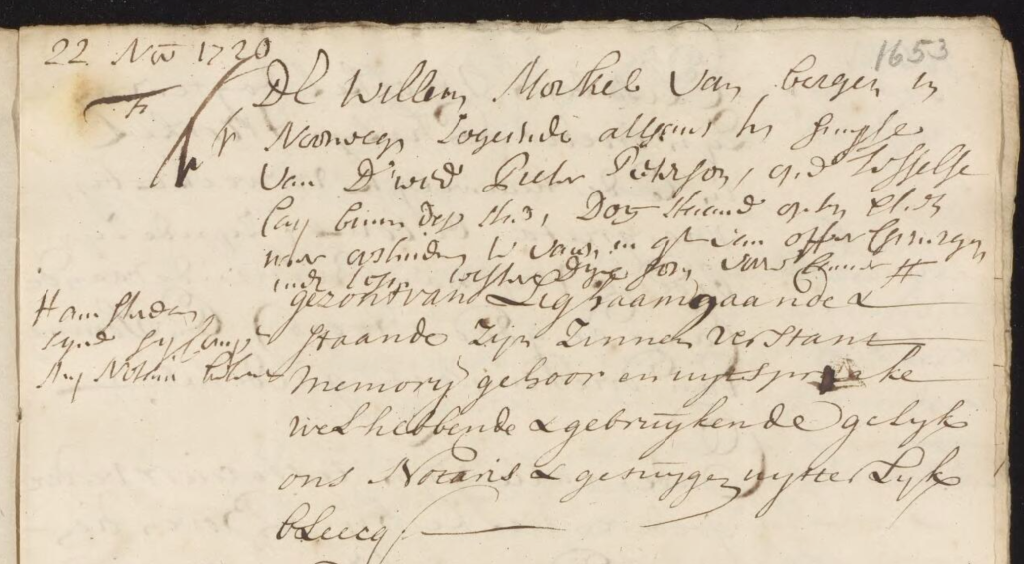
Further in the will, Willem’s brother Philip Morkel is mentioned as “living as a free man at the Cape of Good Hope”; his daughter Elisabeth Morkel is a benefactor with the sum bequeathed 3000 guilders.
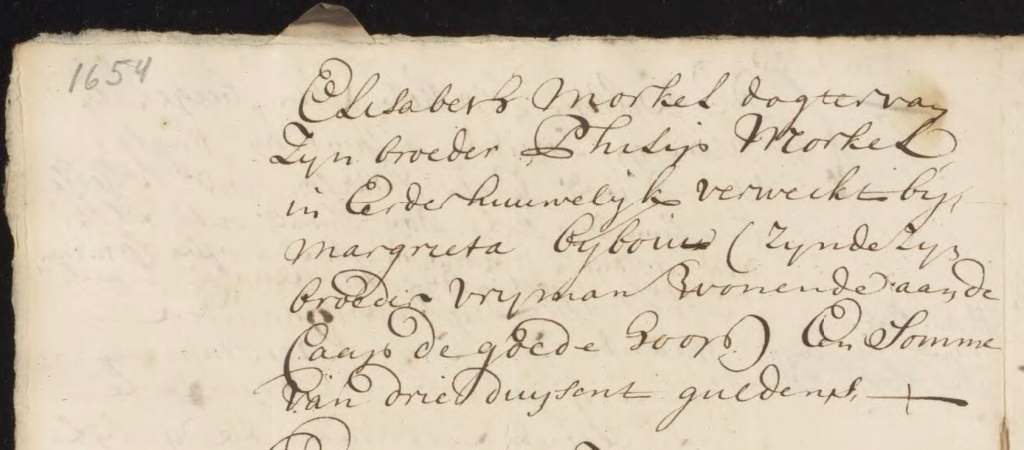
Bergen, Norway
From the above, we know that in 1701 Willem Morkel declared his true homeplace as Bergen, Norway, and that he had a younger brother – Jacob Philippson Morkel, and a sister (name unknown so far) both still living there. Willem was 36, Jacob was 18.
The name “Philipsson”, or as it appears in other places as “Philippse” or “Philipszn” means that Willem, Jacob, and Philips father was Philip.
All roads thus lead to Bergen, and a search for the parents of the Morkel brothers.
I will update this article shortly with more information about the Bergen connection, as I believe I may have found the parents of Willem Philip Morkel. In November 1665 a Philip Henricksson Murkell married Elin Willumsdatter in the Cathedral of Bergen. The spelling in those days was fluid, the pronunciation being the key – so we may have a good match.
More to come!
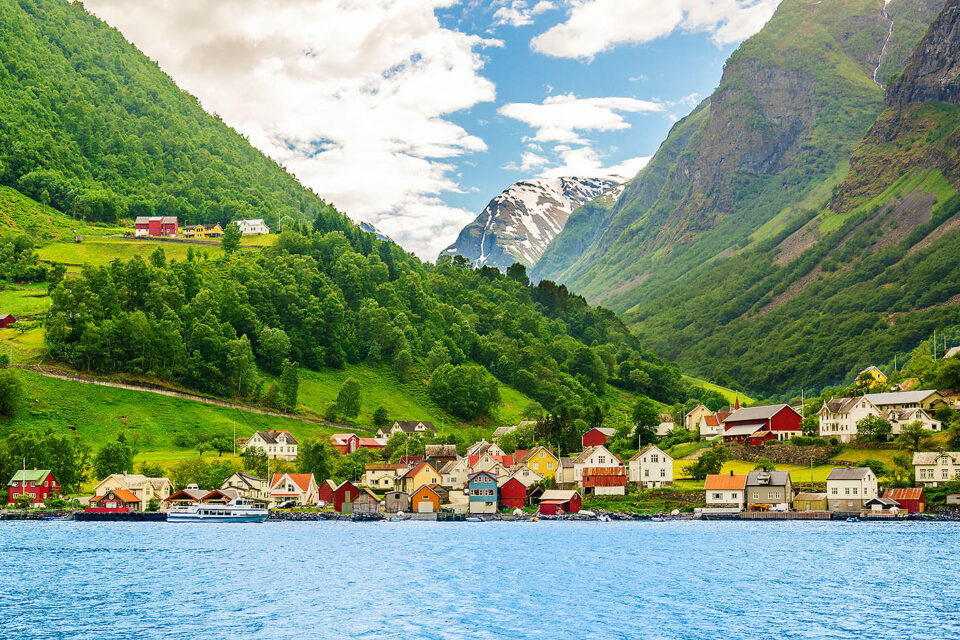



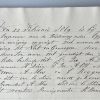



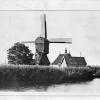


This is absolutely fascinating to read, curious as to why the ‘c’ was dropped from our surname but after looking at it you can really see the Scandinavian side of things.
You are an amazing and talented man, the one thing that springs from this is the Phillipson, used a lot in Scandanavia and Iceland all male names would have son added on the end and dotter for females.
Look forward to more news. Bob Morkel.
Absolutely fascinating. Wonderful research.
Mark, I must compliment your research work to unravel one of the most persistently missing details of the Morkel family history. This opens up at least some good leads into tracing the family’s history in Norway. Having had some genome testing done, there is a persistent Nordic connection showing a 5% Scandinavian and 56% North West European lineage for me.
Looking through the documents in this article, one may need a handwriting expert’s opinion, but the spelling of Morkel and Morckel could be one and the same, considering that the leading loop in the letter “k” may just be a stylish elaboration, rather than an additional “c”. Then there is the matter of phonetics, most commonly a problem with immigrants landing at Ellis Island in New York. I have seen one Morkel branch becoming “Morrical” in the USA. This was due to the common errors of immigration officers’ butchering of the more Germanic pronunciation – quite similar to Afrikaans pronunciation of the name in South Africa even today.
I look forward to more research Mark. This at least can add one more generation to my extended family tree with 3655 entries on the My Heritage site. We may be starting another branch of the family in the Pacific-Northwest, with four families in Vancouver, Canada, and Seattle, WA, USA.
Amazing research.
Migration in the 1500 and 1600s could mean the families travelled across northern Europe. My DNA shows 10% German and 1 % Norwegian. As does a cousin here who did the haplograph. Documentation doesnt lie , so I look forward to more reports !
Thank you for sending this research on the Morkel family. It is fascinating. I love History and Family History
I am Isabel Morkel married to Neil Peter Morkel, who is the younger son of Philip William Morkel. I have always been interested and so my father-in-law spent a lot of time, discussing genealogy. Thank you for acknowledging his contribution to your research. I have filled in a lot of the wives married to Morkel men, using Parma de Villiers, and the archives in Pretoria. My great grandmother was a du Plessis, and from her, all the links into SA genealogy. Philip had a copy of that poem on the wall of their house
Once again, many thanks, Isabel Morkel.